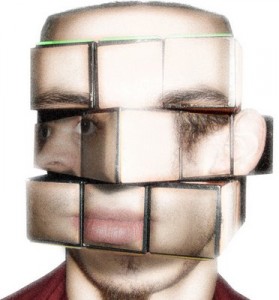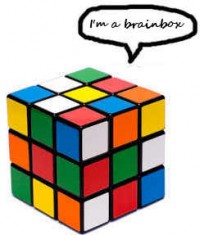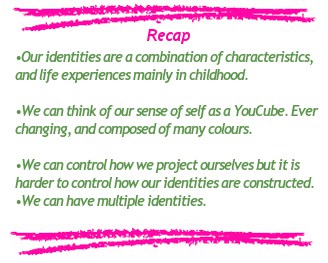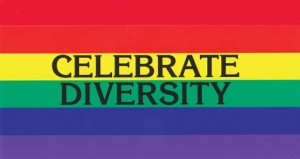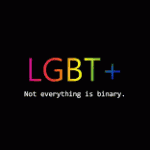The Rubix Cube Mind
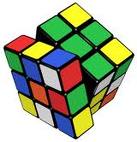 The rainbow flag can be a symbolic representation of the diverse characteristics of people, but how do these characteristics interact to form identities? A simple analogy of the sense of self, imagined as a Rubik’s cube helps. By 1983 this universally popular game was estimated to have been played by one fifth of the worlds population. The aim is to make each face of the cube the same colour by rotating lateral and longitudinal sections of the cube about its center. Interesting that in Geometry, a cube’s faces are known as ‘identities’.
The rainbow flag can be a symbolic representation of the diverse characteristics of people, but how do these characteristics interact to form identities? A simple analogy of the sense of self, imagined as a Rubik’s cube helps. By 1983 this universally popular game was estimated to have been played by one fifth of the worlds population. The aim is to make each face of the cube the same colour by rotating lateral and longitudinal sections of the cube about its center. Interesting that in Geometry, a cube’s faces are known as ‘identities’.
Picture your sense of self as a Rubix cube personified:
well more like this:
- The colours represent characteristics (race, age, sexual orientation, disability).
- Rotations of the lateral and longitudinal sections are symbolic of extended life experiences e.g. how you are treated by your parents, or emotionally powerful events e.g. experiencing bullying at school. These shifts in life profoundly affect how we see ourselves. These rotations (events) in the cube (your sense of self) will change the composition of the faces (your identities).
- The faces of the cube visible to people are the identities which are stronger and more dominant in our lives. Some identities might be hidden from sight. We can choose to turn the whole cube to reveal a different identity but have little control over the section rotations. They are most in flux during childhood.
The essential comparison with the Rubix Cube is that our YouCubes (our sense of self) is composed of many colours, whose ever changing combinations produce different faces. We construct our identities from a multitude of colours (characteristics).
However the Rub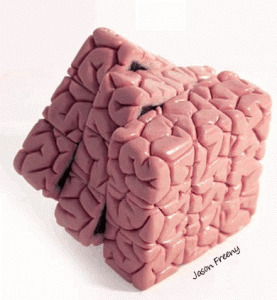 ix Cube is a game with a goal. There is no end goal for a YouCube. And unlike the Rubix we can add more colours to our sense of self. Not all characteristics like race, are fixed. Characteristics of age, sex, and even disability can change. In adulthood we are more aware of how their impact on our lives and thus have greater autonomy to change them e,g. “I will not let my experience of homophobic bullying at school, influence my identity at work”.
ix Cube is a game with a goal. There is no end goal for a YouCube. And unlike the Rubix we can add more colours to our sense of self. Not all characteristics like race, are fixed. Characteristics of age, sex, and even disability can change. In adulthood we are more aware of how their impact on our lives and thus have greater autonomy to change them e,g. “I will not let my experience of homophobic bullying at school, influence my identity at work”.
Indeed some people pick up the cube rarely, when they find identities that work, and when there are less fluctuations in social situations that could effect their psyche. Colours on our cube however can never be taken away, for the experience of our characteristics will always impact on our identity – though their impact on our identity may decrease as time goes by.
We can also see how two people with similar characteristics (colours) may develop extremely different identities based on their life experience and how frequently our sections are rotated.
This explains why two black gay men ,32 years of age, with almost exactly the same characteristics (colours) will have vastly different identities if they are born and rasied in different places or times. Each man’s life experience will produce different rotations of the cube psyche, so by adulthood multiple identities may have been produced.
You can create your own personalised YouCube avatar here

